NIU MUSCLES POWERPOINT
1/63
Earn XP
Description and Tags
NIU muscles powerpoint
Name | Mastery | Learn | Test | Matching | Spaced |
|---|
No study sessions yet.
64 Terms
Sternocleidomastoid
A muscle that rotates and flexes the neck.
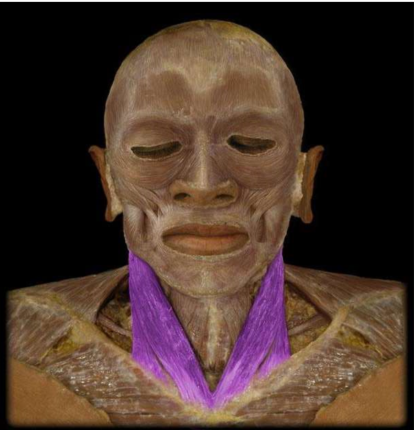
Pectoralis major
A large muscle in the upper chest that helps in the movement of the shoulder joint.
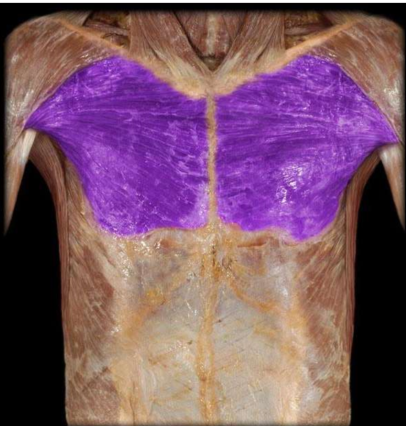
Pectoralis minor
A smaller muscle located underneath the pectoralis major that assists in the movement of the shoulder.
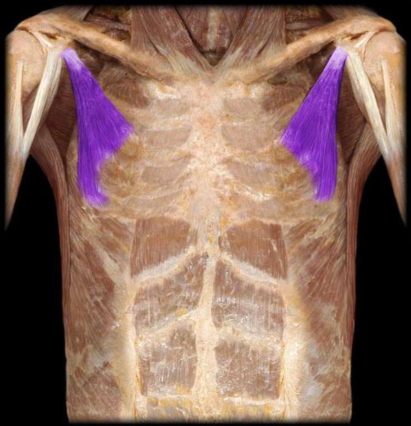
Rectus abdominis
A muscle that runs vertically along the abdomen and is responsible for flexing the vertebral column.

External oblique
Muscles located on the sides of the abdomen that assist in rotating the torso.
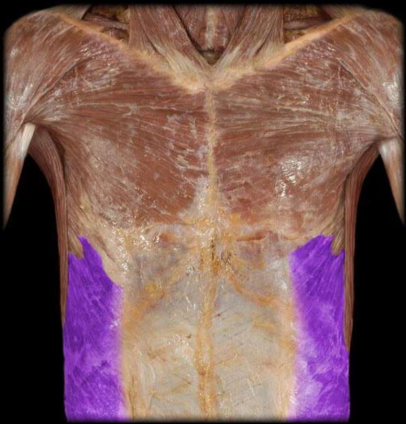
Internal oblique
Muscles located beneath the external oblique that also assist in rotating the torso.

Transversus abdominis
The deepest layer of abdominal muscles that help stabilize the pelvis and spine.
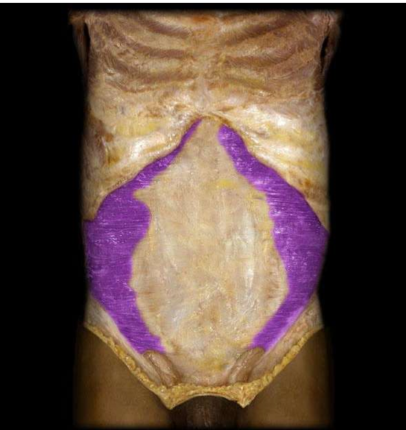
Trapezius
A large muscle that extends down the back of the neck and upper spine, facilitating shoulder movement.
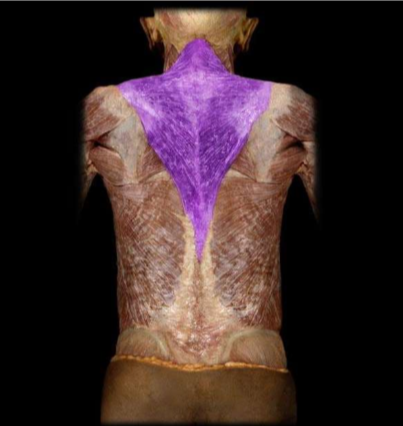
Levator scapulae
A muscle that elevates the scapula and assists in neck stability.

Rhomboid major
A muscle that retracts the scapula and stabilizes it.

Rhomboid minor
A muscle that assists the rhomboid major in retracting and stabilizing the scapula.
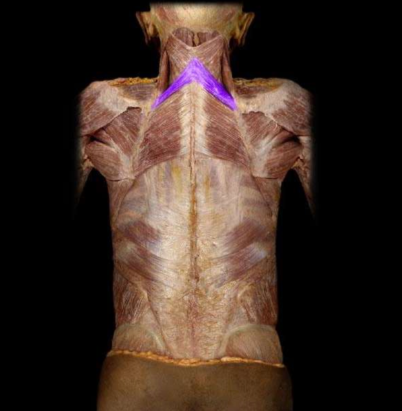
Teres major
A muscle that aids in the internal rotation and adduction of the arm.
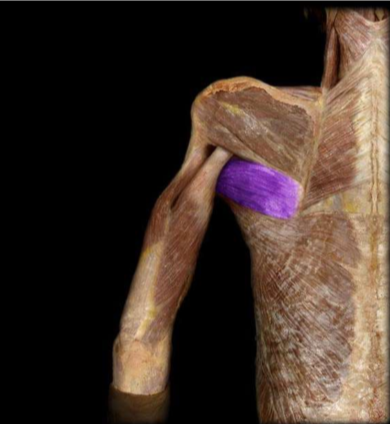
Teres minor
A muscle that assists in the external rotation of the arm.
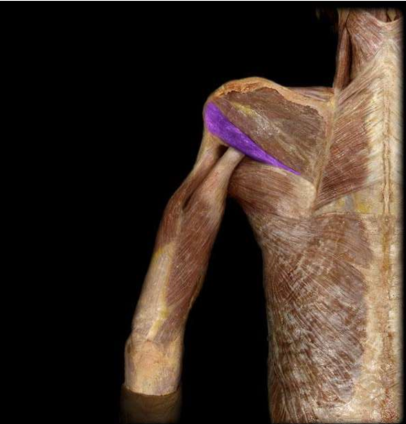
Infraspinatus
A rotator cuff muscle responsible for the external rotation of the shoulder.
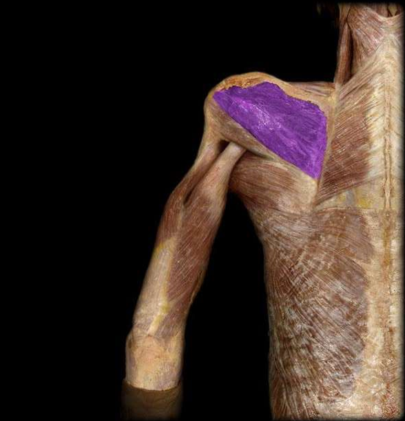
Supraspinatus
A muscle that initiates arm abduction at the shoulder.

Subscapularis
A muscle that internally rotates the humerus and stabilizes the shoulder joint.
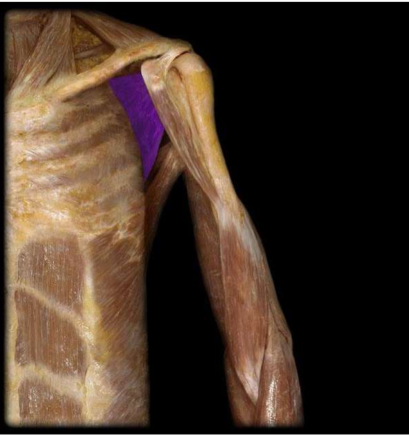
Latissimus dorsi
A large back muscle responsible for several movements of the shoulder joint.
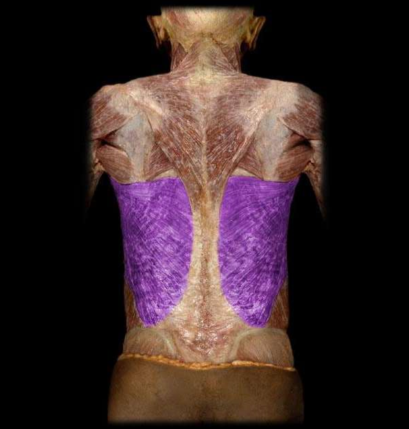
Gluteus maximus
The largest muscle in the buttocks responsible for hip extension.

Gluteus Medius
A muscle located on the outer surface of the pelvis that abducts and rotates the hip.
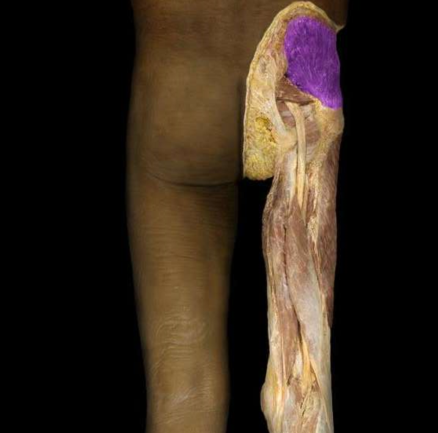
Gluteus minimus
The smallest of the gluteal muscles, assisting with hip abduction.

Semimembranosus
A muscle in the back of the thigh that helps with knee flexion and hip extension.
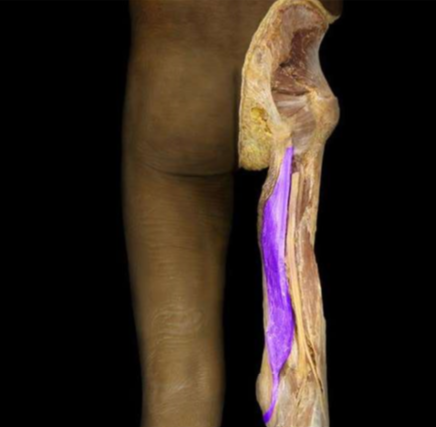
Semitendinosus
A muscle that also aids in the flexion of the knee and extension of the hip.
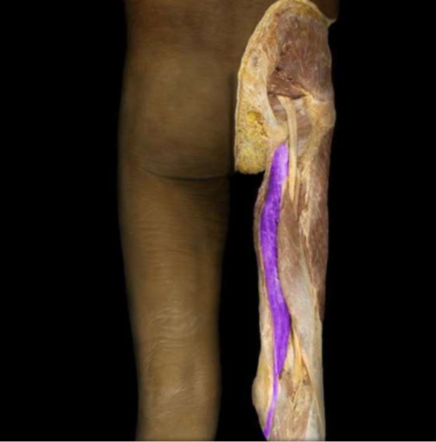
Biceps femoris
A muscle with two heads that flexes the knee and extends the hip.
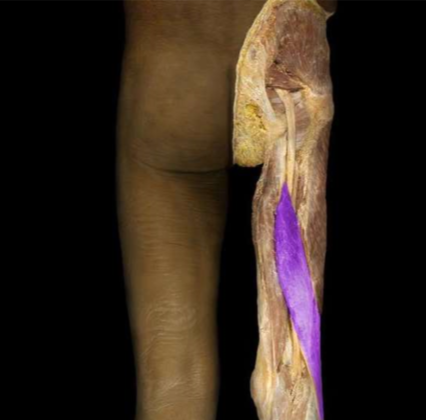
Gastrocnemius
The major calf muscle that flexes the knee and foot.
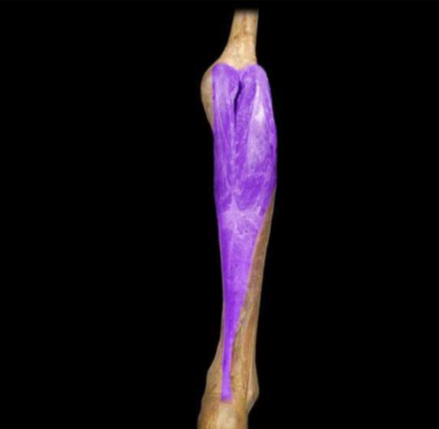
Soleus
A muscle located beneath the gastrocnemius that helps in plantar flexing the foot.
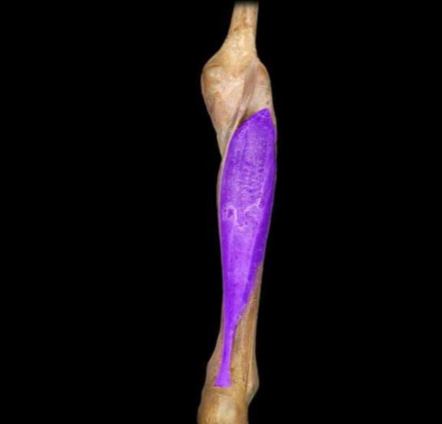
Tibialis posterior
A muscle that assists in foot inversion and supports the arch.

Flexor hallucis longus
A muscle that flexes the big toe and aids in plantar flexion.
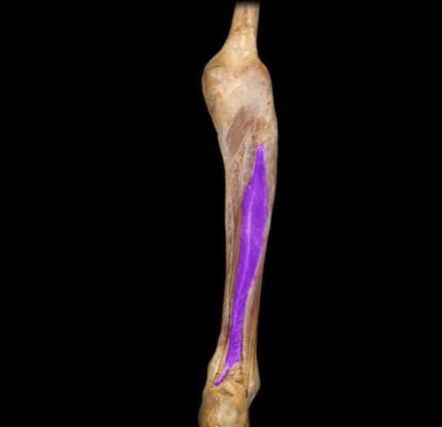
Flexor digitorum longus
A muscle that flexes the toes and assists in plantar flexion.

Tensor fasciae latae
A muscle that helps stabilize and steady the hip and knee.

Iliotibial tract
A band of thickened fascia that runs along the outside of the leg and aids in stabilization.
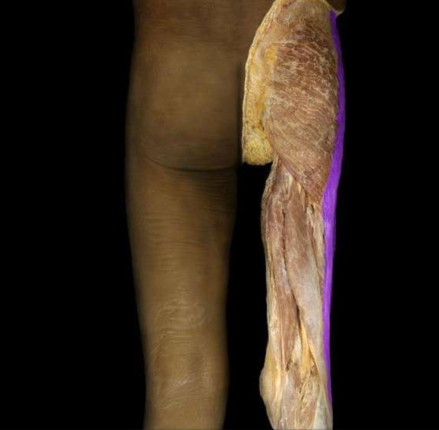
Sartorius
The longest muscle in the human body that helps flex, abduct, and laterally rotate the thigh.
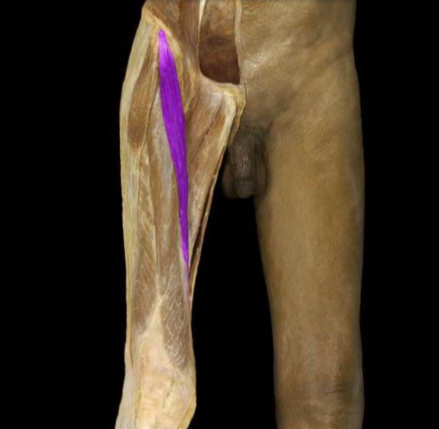
Rectus femoris
One of the quadriceps muscles that extends the knee and flexes the hip.
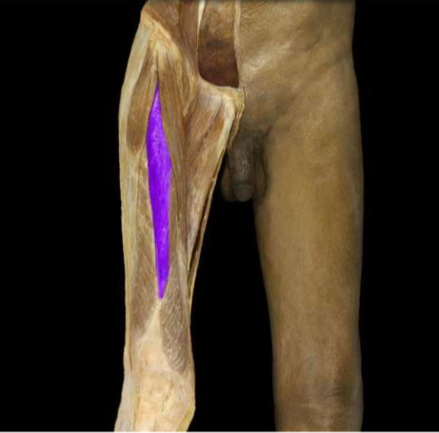
Vastus lateralis
A muscle in the quadriceps group that extends the knee.
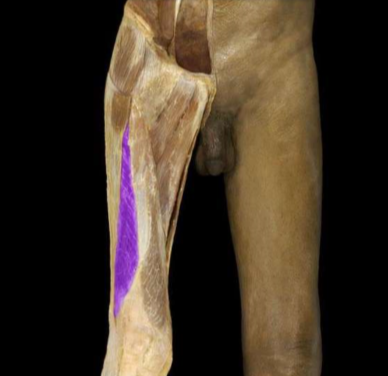
Vastus intermedius
A deep quadriceps muscle that also extends the knee.
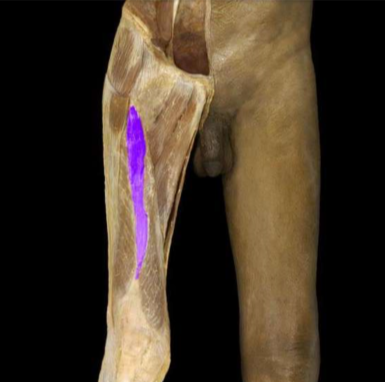
Vastus medialis
A muscle in the quadriceps group that extends the knee, located on the inner side of the thigh.
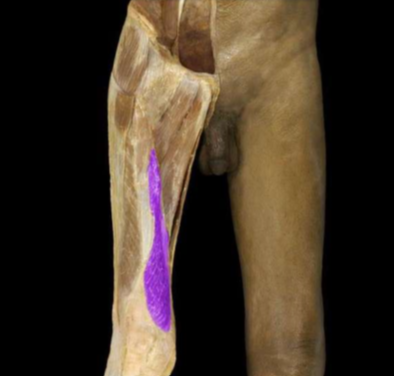
Pectineus
A muscle that adducts and flexes the thigh.
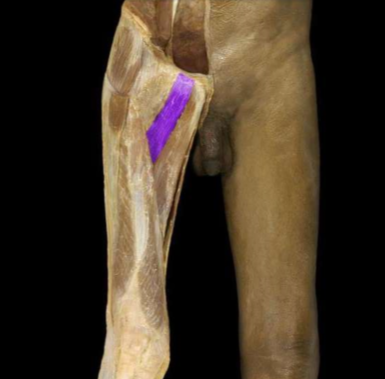
Adductor longus
A muscle that helps in the adduction of the thigh.

Adductor brevis
A muscle that aids in the adduction of the thigh.
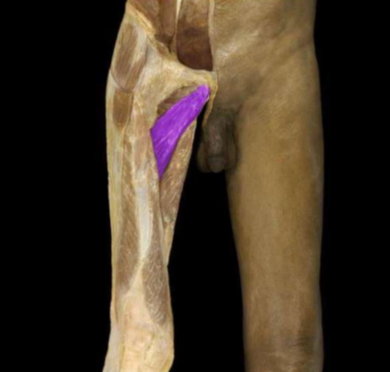
Adductor magnus
A large muscle that adducts the thigh and assists in its extension.

Gracilis
A long, thin muscle that helps in the adduction of the thigh.
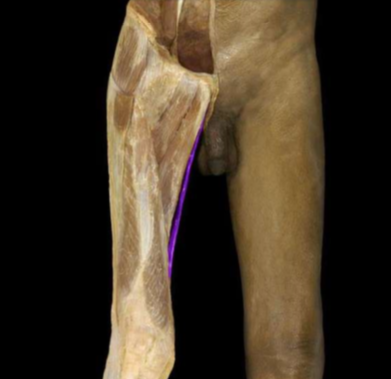
Fibularis longus and brevis
Muscles responsible for foot eversion and support of the arch.
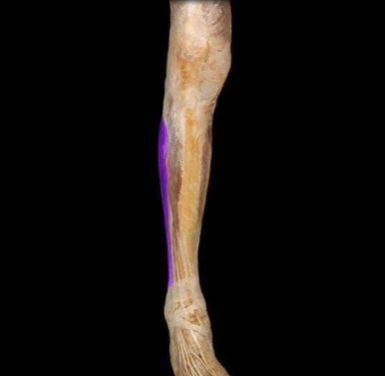
Tibialis anterior
A muscle that dorsiflexes and inverts the foot.
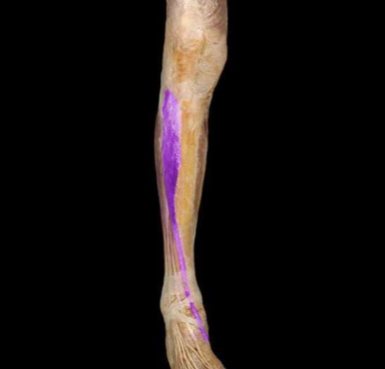
Extensor digitorum longus
A muscle that extends the toes and dorsiflexes the foot.

Extensor hallucis longus
A muscle that extends the big toe and assists in dorsiflexion.
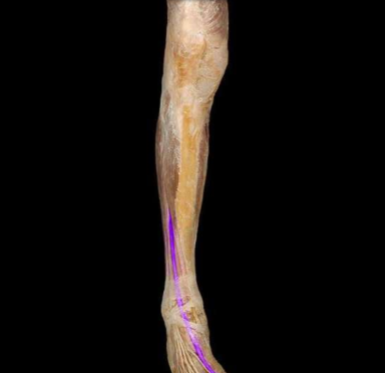
Deltoid
A large shoulder muscle that facilitates arm abduction.
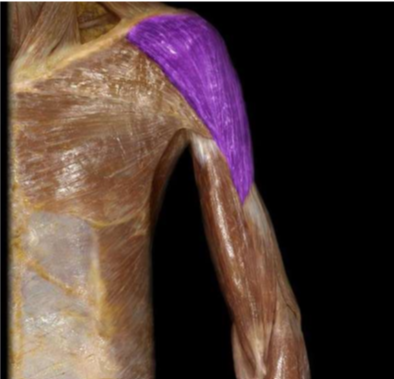
Biceps brachii
A muscle with two heads that flexes the elbow and supinates the forearm.
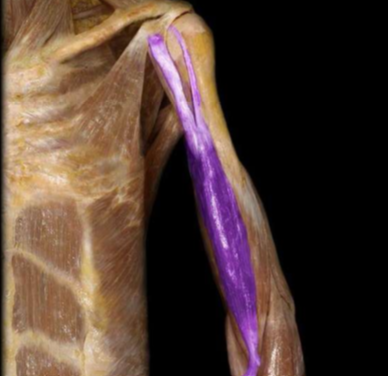
Coracobrachialis
A muscle that flexes and adducts the arm.

Brachialis
A muscle that flexes the forearm at the elbow.

Triceps brachii
A muscle that extends the elbow.
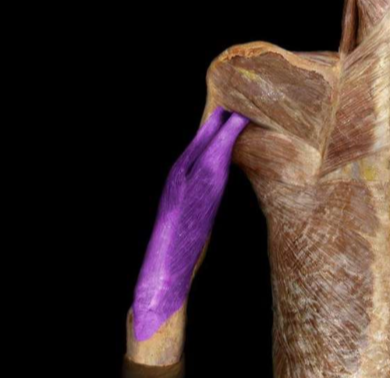
Flexor carpi radialis
A muscle that flexes and abducts the wrist.

Palmaris longus
A muscle that assists in wrist flexion.
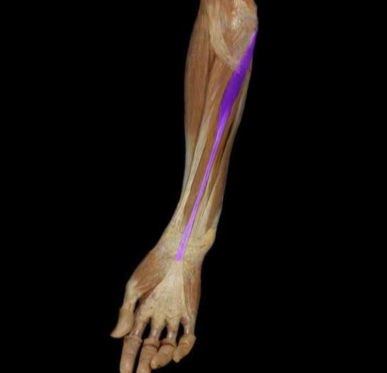
Flexor carpi ulnaris
A muscle that flexes and adducts the wrist.
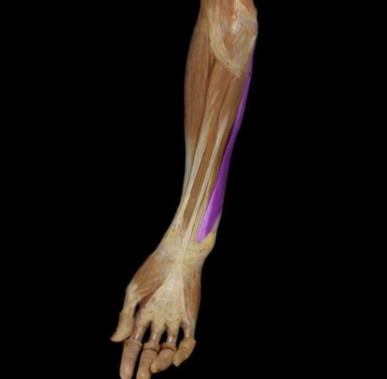
Flexor digitorum superficialis
A muscle that flexes the fingers and assists in wrist flexion.
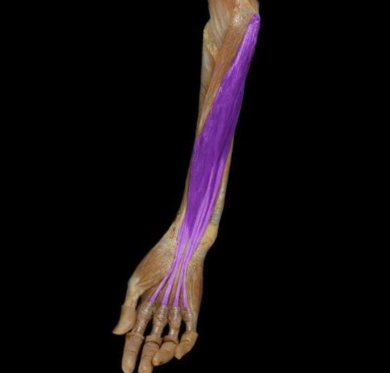
Flexor digitorum profundus
A muscle that flexes the distal phalanges of the fingers.
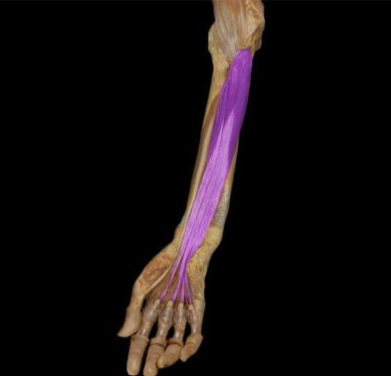
Flexor pollicis longus
A muscle that flexes the thumb.
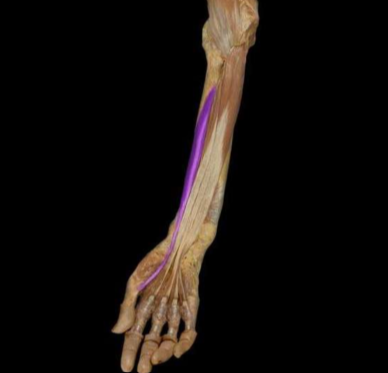
Brachioradialis
A muscle that flexes the forearm and aids in pronation and supination.

Extensor carpi radialis longus
A muscle that extends and abducts the wrist.
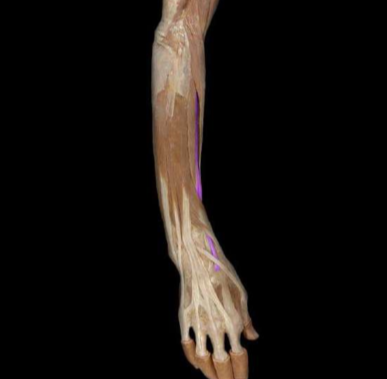
Extensor carpi radialis brevis
A muscle that extends and helps in the abduction of the wrist.
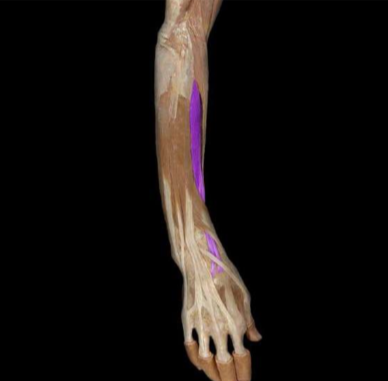
Abductor pollicis longus
A muscle that abducts the thumb.
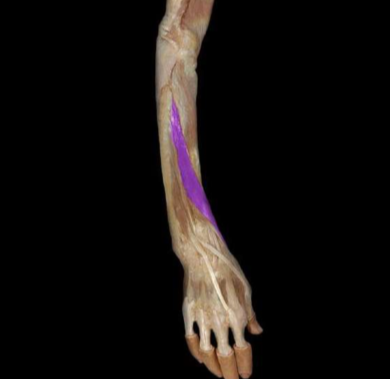
Extensor pollicis longus
A muscle that extends the thumb.
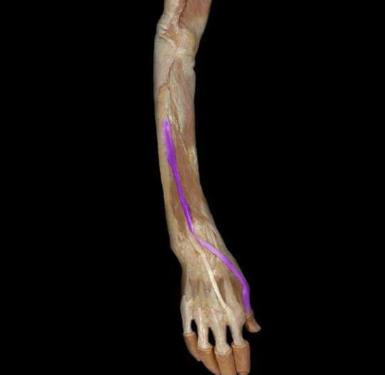
Extensor digitorum
A muscle that extends the fingers.
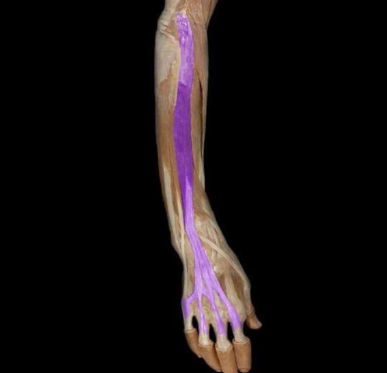
Extensor digiti minimi
A muscle that extends the little finger.
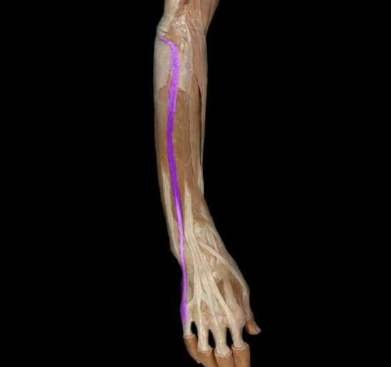
Extensor carpi ulnaris
A muscle that extends and adducts the wrist.
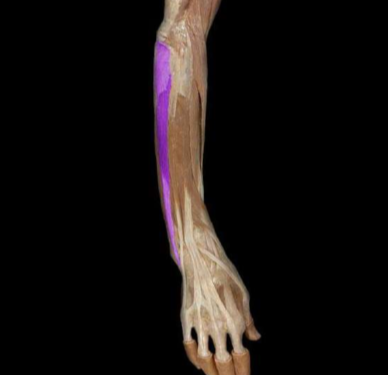
Tennis elbow
A common injury to the extensor carpi ulnaris, often resulting from overuse.
